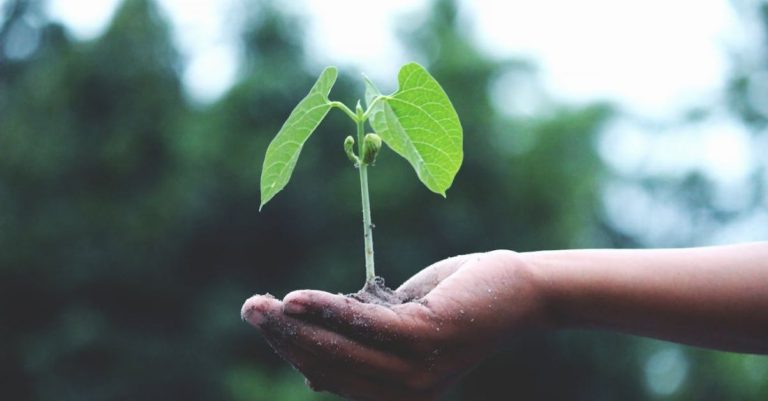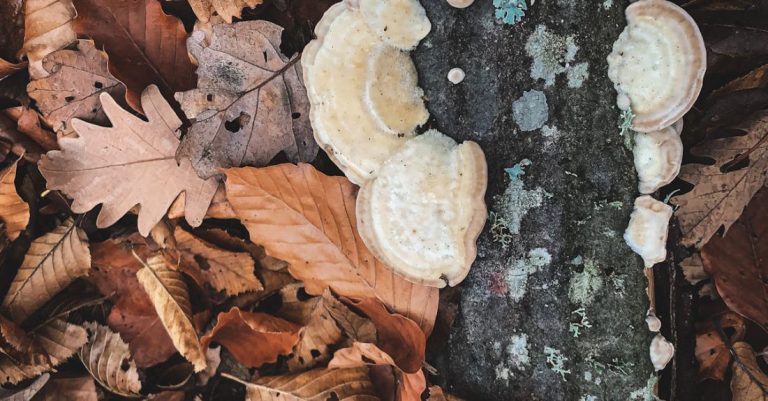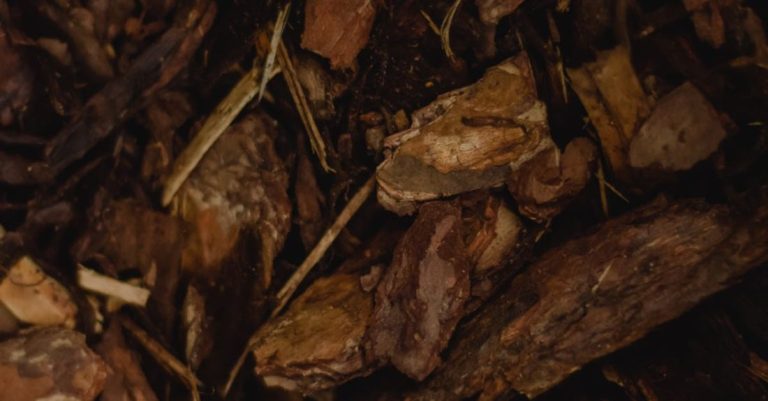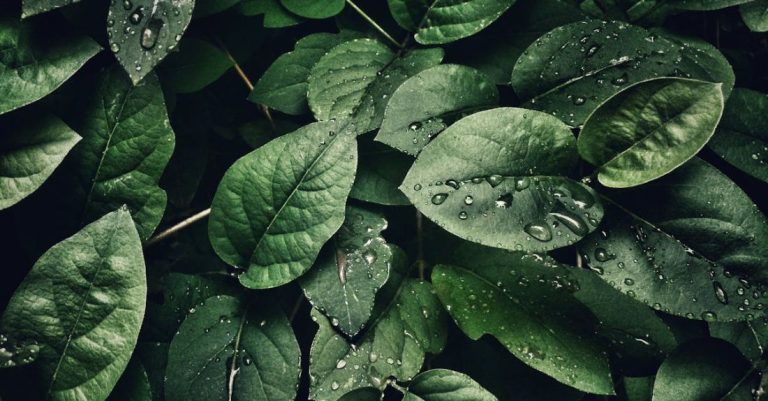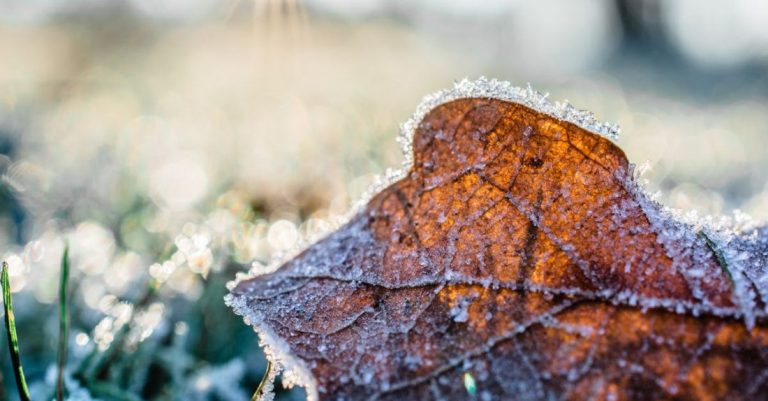
Succulents have gained immense popularity in recent years for their unique appearance and low maintenance requirements. These resilient plants come in various shapes, sizes, and colors, making them a favorite choice for both indoor and outdoor gardens. However, one common question that many succulent enthusiasts have is how often they should water these plants to ensure their health and longevity. Finding the right balance between underwatering and overwatering is crucial for the well-being of your succulents. In this article, we will explore the factors that influence the watering frequency of succulents and provide guidelines to help you keep your plants thriving.
Understanding Succulents’ Watering Needs
Succulents are known for their ability to store water in their leaves, stems, or roots, allowing them to survive in arid environments with limited rainfall. This adaptation is what makes succulents unique and gives them their characteristic plump appearance. However, despite their water-storing capabilities, succulents still need regular watering to stay healthy.
The key to watering succulents effectively lies in understanding their natural habitat and growth cycle. Most succulents are native to regions with hot, dry climates and receive infrequent but heavy rainfall. Mimicking these conditions in your care routine is essential for the overall health of your succulents.
Factors Influencing Watering Frequency
Several factors influence how often you should water your succulents, including the type of succulent, the season, the potting mix, and the environment. Different types of succulents have varying water requirements, with some needing more frequent watering than others. For example, succulents with thick leaves, such as Echeveria and Aloe, can go longer periods without water compared to succulents with thin leaves, like Sedum and Crassula.
Seasonal changes also play a significant role in determining the watering frequency of succulents. During the active growing season in spring and summer, succulents require more water to support their growth. In contrast, during the dormant period in fall and winter, succulents enter a period of rest and need less water to prevent rot.
The potting mix used for succulents is another crucial factor to consider when determining watering frequency. A well-draining soil mix specifically formulated for succulents and cacti is essential to prevent waterlogged roots, which can lead to root rot. It is recommended to use a mix that consists of a combination of gritty materials like perlite, sand, and pumice to ensure proper drainage.
Lastly, the environment in which your succulents are placed can impact their watering needs. Succulents kept indoors may require less frequent watering compared to those kept outdoors, as indoor environments generally have lower humidity levels and less air circulation.
Guidelines for Watering Succulents
To maintain the health and vitality of your succulents, it is essential to follow a few general guidelines for watering:
– Check the soil moisture: Before watering your succulents, always check the moisture level of the soil. Stick your finger into the soil up to an inch deep – if it feels dry, it is time to water.
– Water deeply but infrequently: When watering your succulents, ensure that the water reaches the roots of the plant. Water thoroughly until the excess water drains out of the bottom of the pot, but avoid letting your succulents sit in standing water.
– Adjust watering frequency based on the season: During the active growing season in spring and summer, water your succulents more frequently, allowing the soil to dry out between waterings. In fall and winter, reduce watering to prevent overwatering during the plant’s dormant period.
– Monitor your succulents: Observe your succulents regularly for signs of overwatering or underwatering, such as yellowing leaves, mushy stems, or shriveling. Adjust your watering schedule accordingly to meet the needs of your plants.
Maintaining the proper watering schedule for your succulents is key to their overall health and longevity. By understanding the unique water requirements of succulents and considering factors like plant type, season, potting mix, and environment, you can create an optimal watering routine that will keep your succulents thriving for years to come. Remember, when in doubt, it is always better to underwater than overwater your succulents to prevent potential problems like root rot. With a little care and attention, you can enjoy beautiful and healthy succulents in your home or garden.
